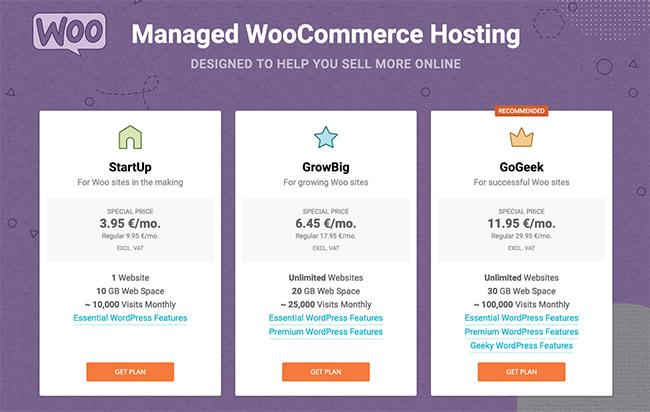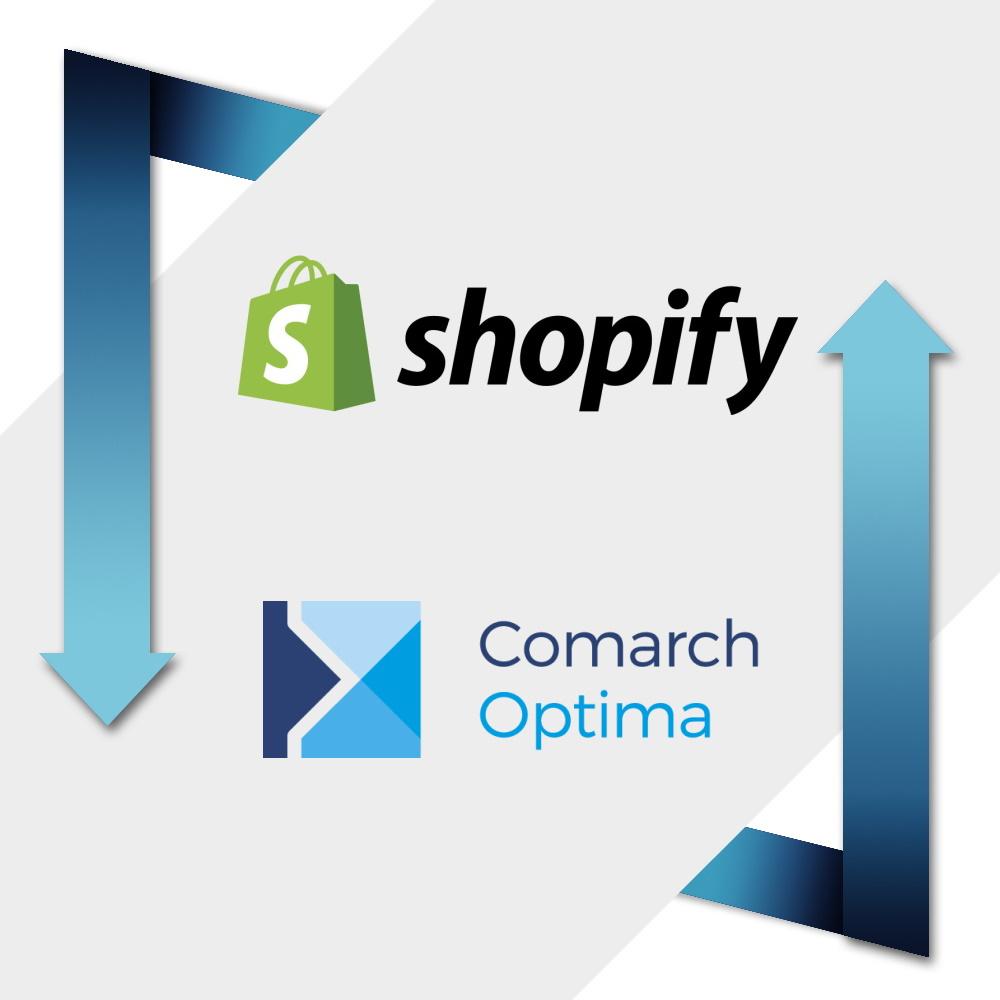When it comes to launching an online store, WooCommerce often emerges as a top contender for many entrepreneurs and businesses. But before you dive in headfirst, it’s essential to get a clear picture of what you’re really signing up for—especially when it comes to costs. You might be wondering, “Is woocommerce really as budget-friendly as it claims?” or “what hidden expenses should I be aware of?” fear not! In this article, we’ll break down the pricing structure of WooCommerce and uncover the various expenses you might encounter along the way. By the end, you’ll have a extensive understanding of what it truly costs to run your WooCommerce store, empowering you to make informed decisions that align with your financial goals. Ready to unlock the secrets of WooCommerce pricing? Let’s get started!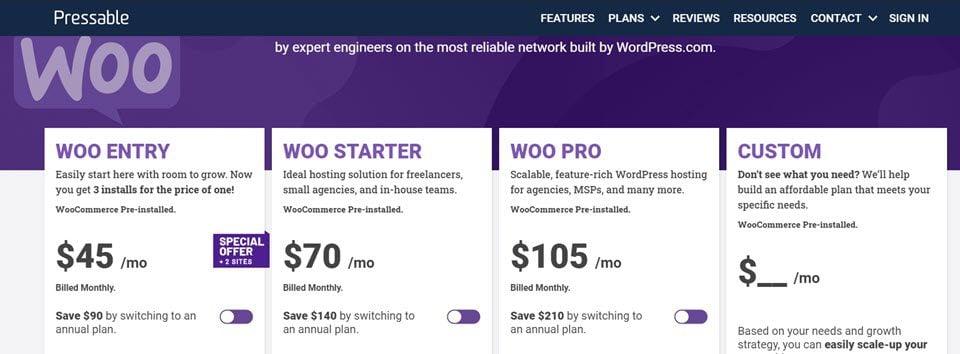
Understanding the Basics of WooCommerce pricing
When diving into the world of WooCommerce, understanding the landscape of pricing is essential for budgeting your online store. WooCommerce itself is a free plugin for WordPress, but the total cost of running an online store with it can vary significantly based on several factors, including hosting, themes, and additional extensions.
One of the primary expenses is web hosting. A reliable hosting provider ensures your website runs smoothly and can handle user traffic. Here are some popular hosting options and their average costs:
| hosting provider | monthly Cost |
|---|---|
| Bluehost | $2.95 - $5.45 |
| SiteGround | $3.99 – $11.99 |
| WP Engine | $20.00 – $290.00 |
In addition to hosting, you’ll wont to consider the cost of themes. While WooCommerce provides basic themes for free,investing in a premium theme can enhance the look and functionality of your store. Premium themes can range from $39 to $200, depending on the features you need.
Another crucial aspect to consider is the various extensions that enhance WooCommerceS functionality. These can include payment gateways, shipping calculators, and marketing tools. Some popular extensions are:
- WooCommerce Subscriptions - $199 per year
- WooCommerce Bookings – $249 per year
- WooCommerce memberships – $199 per year
Lastly, don’t forget about ongoing expenses such as domain registration, SSL certificates for security, and potential transaction fees from payment processors. while WooCommerce provides a cost-effective solution for eCommerce, careful planning and budgeting are vital to unlocking its full potential.
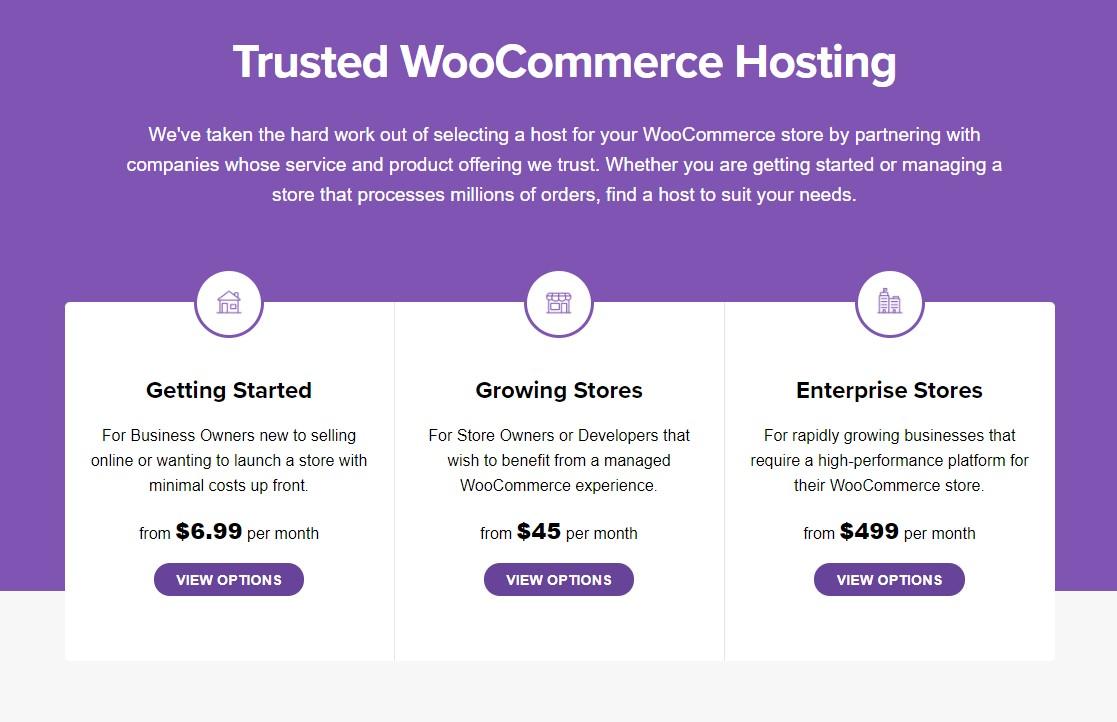
Breaking Down WooCommerce Core Costs
Understanding the core costs associated with WooCommerce is essential for any business looking to leverage this powerful eCommerce platform. While WooCommerce itself is free, the expenses can quickly accumulate when you factor in various components necessary for a fully functional online store.
Let’s break down the primary costs that may arise:
- Hosting: A reliable hosting provider is crucial for your website’s performance and security.Expect to budget around $10 to $50 per month depending on your traffic and resource needs.
- domain Name: Securing a memorable domain name usually ranges from $10 to $20 per year, but premium domains can cost significantly more.
- SSL Certificate: Ensuring your site is secure not only builds trust but is also necessary for processing payments. SSL certificates can range from free to $200 annually, depending on the level of security you require.
- Design and Themes: While many free themes are available, investing in a premium theme can provide better customization and support, typically costing between $30 and $100.
- Plugins: Enhancing your store’s functionality often requires additional plugins. While many are free, premium plugins can range from $20 to $300 per year each, depending on features.
To give you a clearer picture,here’s a simplified table of estimated core costs:
| Cost Item | Estimated Cost |
|---|---|
| Hosting | $10 - $50/month |
| Domain Name | $10 – $20/year |
| SSL Certificate | free – $200/year |
| Design & Themes | $30 – $100 (one-time) |
| Plugins | $20 – $300/year (varies) |
Additionally,it’s vital to consider ongoing maintenance costs,which might include updates,backups,and technical support. Depending on whether you manage these yourself or hire professionals, you can expect to spend anywhere from $50 to $500 per month.
while WooCommerce opens doors to incredible eCommerce possibilities, understanding the core costs helps you prepare for a successful launch and enduring growth. By budgeting effectively for these essential components, you can focus on what truly matters: growing your business.
Exploring Hosting Options for your woocommerce Store
When setting up your woocommerce store, one of the most crucial decisions you’ll make is selecting the right hosting provider. The performance,speed,and security of your online store heavily rely on the hosting option you choose.A poor hosting choice can lead to slow load times, unexpected downtime, and ultimately, lost sales. Here’s what you need to consider:
- Shared Hosting: Ideal for small stores starting out. It’s affordable but may limit your performance as you share resources with other websites.
- VPS Hosting: A step up from shared hosting, providing dedicated resources. It’s perfect for growing stores that require more control and reliability.
- Managed WordPress Hosting: Tailored specifically for WordPress sites, offering enhanced security and performance. This option often includes automatic updates and backups, making it a convenient choice for busy store owners.
- Dedicated Hosting: Best for large enterprises with high traffic volumes. You get an entire server to yourself, allowing for maximum performance and customization.
Before making your decision, it’s essential to evaluate your budget against your store’s needs. Here’s a quick comparison:
| Hosting Type | Cost (Approx.) | Suitable For |
|---|---|---|
| Shared Hosting | $3 – $10/month | Startups & Small Stores |
| VPS hosting | $20 - $100/month | Growing Businesses |
| Managed Hosting | $30 – $300/month | WordPress Focused stores |
| Dedicated Hosting | $100+/month | High Traffic Websites |
Alongside costs, consider additional features that can save you time and enhance your store’s performance:
- SSL Certificates: Essential for securing transactions and gaining customer trust.
- CDN services: Content Delivery Networks speed up your site by caching content at various locations worldwide.
- Customer Support: reliable support can save you from potential downtimes and technical issues.
Investing in quality hosting is not just about the immediate expenses; it’s about the long-term health and success of your WooCommerce store. Choose wisely, and your hosting will support your business growth rather then hinder it.
the Hidden Costs You Didn’t Anticipate
When diving into the world of WooCommerce, many entrepreneurs focus on the obvious expenses—like hosting, themes, and plugins. though, several hidden costs can sneak up on you, frequently enough leading to budget overruns and unexpected headaches. These hidden costs can impact your bottom line more significantly than you might realize, so it’s crucial to be prepared.
One of the most common oversight areas is transaction fees. depending on the payment gateways you choose, these fees can add up quickly. For example, while PayPal may seem convenient, their transaction fees can range from 2.9% + $0.30 per transaction, which can substantially cut into your profits, particularly for small-ticket items. Always review the fee structures of different payment processors to understand what you’re truly paying.
Another frequently enough-overlooked cost is maintenance and updates. WooCommerce and its extensions require regular updates to ensure security and compatibility. many store owners shy away from hiring a professional for maintenance, thinking they can handle it themselves. However,the time wasted figuring out updates,troubleshooting issues,or even worse,dealing with security breaches,can cost you more in lost sales than hiring an expert would have. Consider budgeting for ongoing maintenance as part of your overall strategy.
Don’t forget about marketing and advertising expenses. While WooCommerce provides the tools to set up a shop, driving traffic to your store is a whole different game. You may need to invest in SEO, pay-per-click advertising, social media marketing, or email campaigns to generate sales. These expenses can quickly accumulate, especially if you’re aiming to compete in a saturated market. Planning your marketing budget from the outset can definitely help you avoid unwelcome surprises later on.
Lastly, the cost of customer support can be meaningful. Whether you’re handling inquiries via email, live chat, or phone, dedicating resources to ensure customer satisfaction is essential. If you’re a busy entrepreneur, it’s worth considering a subscription to a customer service platform or hiring support staff. The costs might seem like a luxury at first, but happy customers lead to repeat business and referrals—both of which are invaluable.
| Cost Type | Estimated Range |
|---|---|
| Transaction Fees | 2.9% + $0.30 |
| Maintenance & Updates | $100 - $500/month |
| Marketing & Advertising | $200 – $2,000/month |
| customer Support | $15 – $50/hour |
Understanding these hidden costs can make all the difference in your WooCommerce journey. With proper foresight and budgeting, you can mitigate many of these expenses and ensure that your online store remains profitable and sustainable in the long run.
Choosing the Right payment Gateway Without Breaking the Bank
When it comes to setting up your WooCommerce store, one of the most critical decisions you’ll make is selecting a payment gateway. This can significantly impact your overall costs, user experience, and even conversion rates. Fortunately, ther are plenty of options available, and choosing the right one doesn’t have to break the bank.
Consider the transaction fees: Most payment gateways charge a fee for every transaction processed. while some might advertise low monthly fees, high transaction percentages can add up quickly. It’s essential to compare:
- Flat transaction fees vs. percentage-based fees
- Monthly service charges
- Any hidden fees, such as chargeback costs
This cost comparison table can help you visualize the differences:
| Payment Gateway | Monthly Fee | Transaction Fee |
|---|---|---|
| Gateway A | $0 | 2.9% + $0.30 |
| Gateway B | $10 | 2.5% + $0.25 |
| Gateway C | $20 | 1.9% + $0.20 |
Another factor to consider is payment options. Customers appreciate adaptability, so ensure that the gateway you choose supports a variety of payment methods, such as credit cards, digital wallets, and even financing options. The more payment methods available, the higher the likelihood of completing a sale.
Integration capabilities are also crucial. Some gateways seamlessly integrate with WooCommerce, while others may require extensive setup or additional plugins, which could lead to unexpected costs. Look for gateways that offer:
- Easy integration with WooCommerce
- Robust support documentation
- Compatibility with existing plugins you may be using
Lastly, don’t overlook customer support. you’ll want a payment gateway that offers reliable customer service, especially during peak sales periods. Ensure they provide:
- 24/7 support options
- Live chat or phone assistance
- Comprehensive FAQs and troubleshooting guides
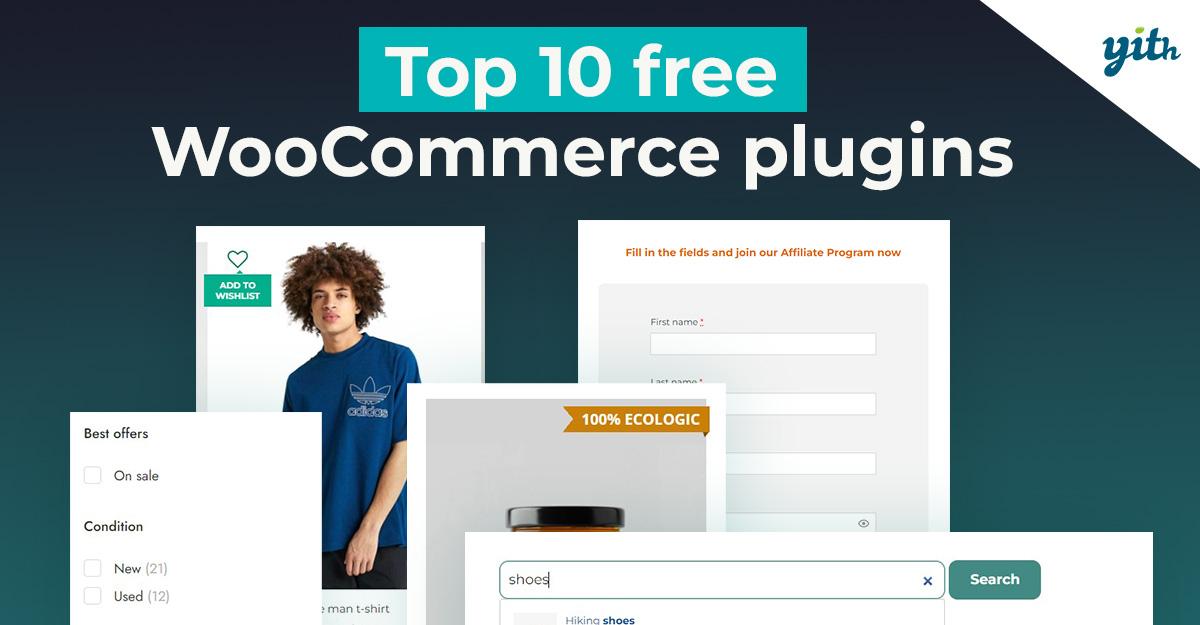
Investing in Essential WooCommerce Plugins for Success
To maximize the potential of your WooCommerce store, investing in the right plugins is crucial.These plugins not only enhance functionality but also improve user experience, ultimately driving sales. Consider focusing on essential plugins that cater to various aspects of your online business.
- Payment Gateways: Ensure smooth transactions by integrating reliable payment gateway plugins. Options like Stripe and PayPal provide security and flexibility, appealing to a wide customer base.
- SEO Optimization: Boost your visibility with SEO plugins such as Yoast SEO. These tools help optimize your content, making it easier for potential customers to find you online.
- Analytics: Understanding your store’s performance is vital. Plugins like MonsterInsights offer valuable insights into customer behavior and sales trends.
- Backup Solutions: Protect your investment with backup plugins. Regular backups ensure that your data is safe and secure, reducing the risk of data loss.
While the initial cost of these plugins can vary, think of them as long-term investments.The right tools can save you time and money by streamlining operations and enhancing customer satisfaction. For instance, a good marketing automation plugin can significantly increase your store’s efficiency in managing campaigns.
| Plugin Type | Example Plugin | Approximate Cost |
|---|---|---|
| Payment Gateway | Stripe | Free + Transaction Fees |
| SEO | Yoast SEO | Free / $89/year |
| Analytics | MonsterInsights | Free / $199/year |
| Backup | UpdraftPlus | Free / $70/year |
Ultimately,the cost of these plugins is a small price to pay for the control and efficiency they bring. In a competitive market, the right plugins can set your store apart, ensuring you not only survive but thrive. Approach your plugin investments with a strategic mindset, and watch your WooCommerce store flourish.

Budgeting for WooCommerce Themes: What to Look For
When diving into the world of WooCommerce, budgeting for themes is a critical element of your overall costs. A well-chosen theme can set the tone for your online store, affecting everything from user experience to conversion rates. Here are some essential factors to consider when allocating your budget for woocommerce themes:
- Type of Theme: Decide whether you want a free theme, a premium theme, or a custom-built option. Free themes can be tempting, but they often come with limitations in terms of features and support. Premium themes,while requiring an upfront investment,usually provide better functionality and ongoing updates.
- Features and Customization: Evaluate the features you need.look for themes that offer built-in support for essential WooCommerce functionalities like product galleries, customizable checkout pages, and responsive design. These features can save you time and money in the long run by eliminating the need for additional plugins.
- Support and Updates: Always check if the theme comes with reliable customer support and regular updates. A well-supported theme can prevent future issues and ensure compatibility with the latest version of WooCommerce.
When considering a premium theme, it’s also essential to look at potential hidden costs. Here’s a simple breakdown of what to expect:
| Cost Element | Estimated Cost |
|---|---|
| Theme Purchase | $50 - $300 |
| Customization (if needed) | $100 – $1,000 |
| Ongoing Support | $20 – $100/year |
| Additional Plugins | $0 - $500 |
don’t forget to factor in the importance of design aesthetics. A visually appealing theme can enhance customer engagement and trust. invest wisely in themes that not only look good but also offer user-friendly navigation and mobile responsiveness. This will ultimately lead to a better shopping experience for your customers, translating into higher sales.

Marketing Expenses That Can Boost Your WooCommerce Sales
Investing in the right marketing strategies can significantly increase your WooCommerce sales. While many business owners hesitate to allocate funds toward marketing, understanding the potential return on investment can change that viewpoint. Here are some marketing expenses that can really make a difference:
- Social Media Advertising: Platforms like Facebook and Instagram offer targeted advertising options that can reach specific demographics, boosting your product visibility. A well-crafted ad campaign can turn casual browsers into loyal customers.
- Email Marketing: Utilizing tools like Mailchimp or Constant Contact, you can create campaigns that keep your audience informed about new products, sales, and promotions. Consider segmenting your email list to personalize your messages, which can lead to higher conversion rates.
- Content Marketing: Blogs,videos,and infographics can educate your audience and showcase your brand’s expertise. investing in high-quality content not only attracts traffic to your site but also builds trust with your customers.
- Search Engine Optimization (SEO): Enhancing your site’s SEO can improve your organic search rankings.Hiring an SEO expert or agency may require upfront costs, but the long-term benefits of attracting free traffic are invaluable.
- Influencer Partnerships: Collaborating with influencers in your niche can introduce your products to a broader audience. While some influencers may charge high fees, even micro-influencers can drive significant sales through authentic promotion.
To further illustrate the potential profitability of these marketing strategies, consider the following table highlighting average costs versus estimated returns:
| Marketing Strategy | Average Cost | Estimated ROI |
|---|---|---|
| Social Media Advertising | $500/month | 3-5x |
| email marketing | $150/month | 4-6x |
| Content Marketing | $200/month | 2-4x |
| SEO Services | $300/month | 5-10x |
| Influencer Partnerships | $500/project | 2-7x |
By strategically allocating your marketing budget across these areas, you can create a comprehensive plan that not only attracts new customers but also fosters loyalty among existing ones. Remember, the key to success lies in tracking your results and adjusting your strategies based on performance. investing in marketing is not just an expense; it’s a pathway to growth!
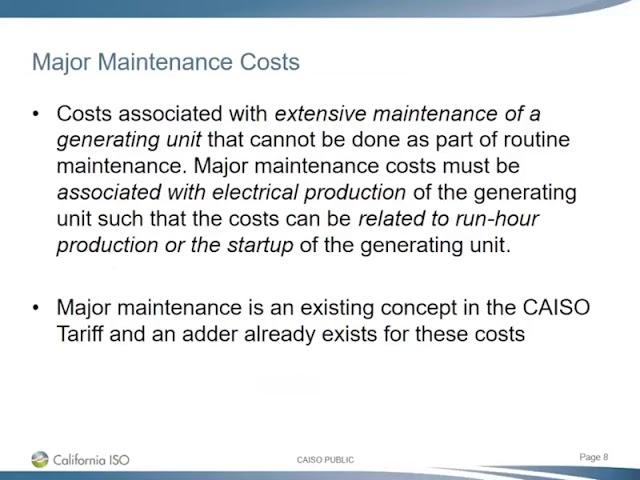
Planning for Ongoing Maintenance and Support Costs
When diving into the world of WooCommerce, it’s essential to remember that the initial setup costs are just the tip of the iceberg. is crucial to ensure your online store operates smoothly and remains competitive. Here’s what you should consider:
- Hosting Fees: Choosing the right hosting provider is key. depending on your store’s size and traffic, you might opt for shared, VPS, or dedicated hosting, each with varying costs.
- Plugin and Theme Updates: Regular updates are necessary to keep your site secure and functional. some premium plugins and themes have annual renewal fees that you’ll need to account for.
- Security Measures: Investing in security plugins and SSL certificates can protect your store from vulnerabilities. While some plugins are free, others come with monthly or annual fees.
- Technical Support: Whether you hire a freelancer or use a support service, having access to technical support can save you time and hassle.Budgeting for this can be a lifesaver during emergencies.
- Content Updates: Keeping your product listings, blog posts, and images fresh is vital for SEO and customer engagement. Consider allocating funds for a content creator or marketer.
Here’s a quick breakdown of some typical ongoing costs you might encounter:
| Expense Category | Estimated Monthly Cost |
|---|---|
| Hosting | $20 – $300 |
| premium Plugins/Themes | $10 – $50 |
| Security Services | $5 – $30 |
| Technical Support | $50 – $150 |
| Content Creation | $100 – $500 |
Ultimately, understanding these ongoing costs will help you make informed decisions about your WooCommerce store. By budgeting accordingly, you can ensure that your online business not only survives but thrives in the ever-evolving digital marketplace.
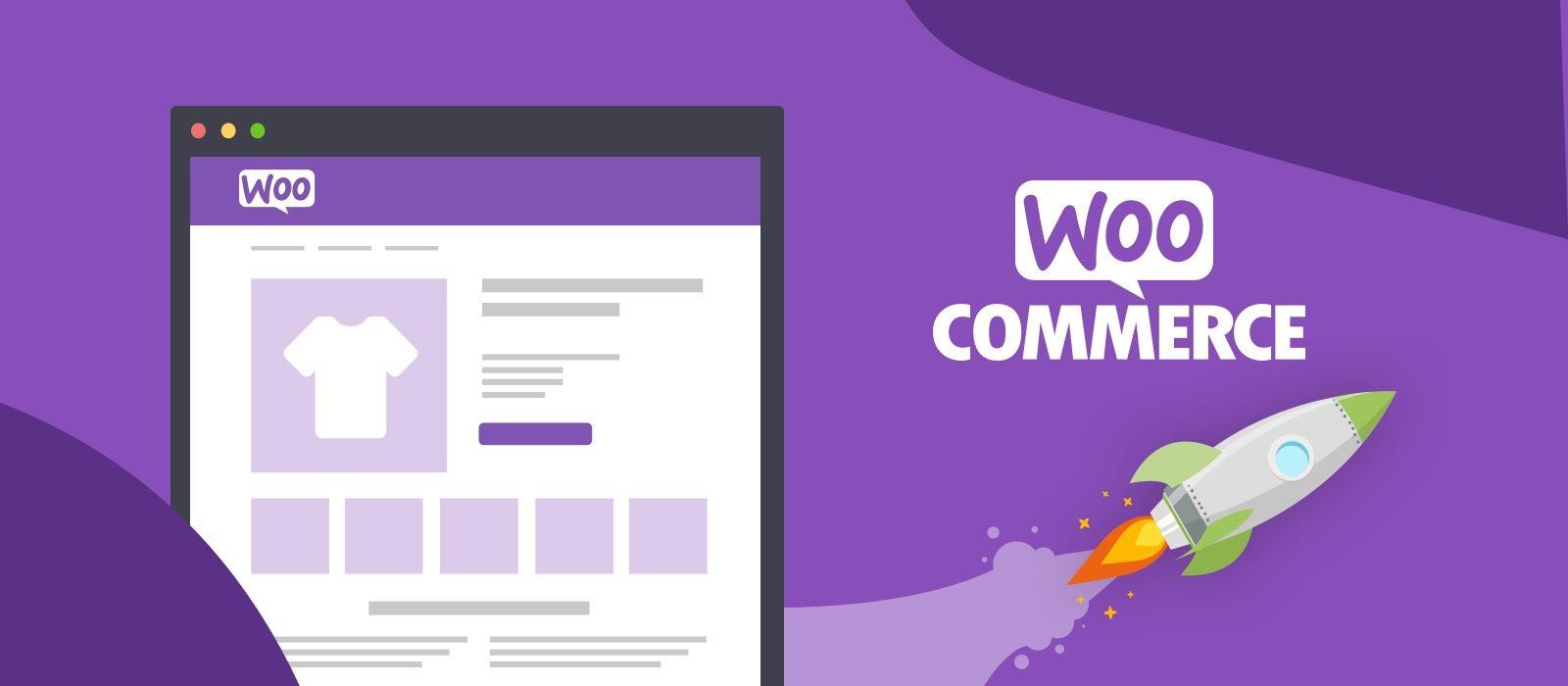
Maximizing Your WooCommerce Budget for Long-Term Growth
When planning your WooCommerce store, it’s essential to map out a budget that not only covers initial expenses but also anticipates future growth. Understanding the total cost of ownership involves more than just the price of plugins or themes; it requires a holistic view of ongoing fees, maintenance, and potential investments that will propel your online business forward.
One of the key strategies to maximize your budget is to prioritize essential plugins and features that align with your business goals. Consider the following factors in your decision-making process:
- Essential vs. Optional: Determine which plugins are necessary for your store’s functionality and which are simply nice to have.
- Quality over Quantity: Invest in high-quality, well-supported plugins that provide the features you need, reducing the likelihood of future costly migrations or replacements.
- Scalability: Choose solutions that can grow with your business,allowing you to add features and capabilities as your needs expand.
Furthermore, consider your hosting surroundings. The right hosting provider can enhance your site’s performance while keeping costs manageable. Here’s a quick comparison of hosting options:
| Hosting Type | Cost (per month) | Benefits |
|---|---|---|
| shared Hosting | $5 – $15 | Cost-effective, user-friendly, ideal for startups. |
| VPS Hosting | $20 - $50 | More resources, better performance, scalable. |
| Managed woocommerce Hosting | $30 – $100+ | Optimized for WooCommerce, includes premium support. |
Lastly, factor in marketing and customer acquisition costs. While it might be tempting to skimp on advertising, remember that effective marketing strategies can lead to long-term revenue growth. Allocate a portion of your budget to:
- SEO: Invest in optimizing your site to attract organic traffic.
- PPC Advertising: Use targeted ads to reach potential customers quickly.
- Email Marketing: Build a mailing list to foster relationships and drive repeat sales.
By strategically planning your WooCommerce budget and making informed decisions about expenses, you can create a solid foundation for growth. This foresight will enable you to respond to market changes and adapt your strategy, ensuring your online store thrives well into the future.
Frequently Asked Questions (FAQ)
Q: What is WooCommerce, and why should I consider it for my online store?
A: WooCommerce is a powerful, open-source eCommerce plugin for WordPress that allows you to turn your website into a fully functional online store. If you’re looking to sell products or services online,WooCommerce is a fantastic option because it’s flexible,customizable,and integrates seamlessly with WordPress. Plus, it’s used by millions of online retailers worldwide, so you’re in good company!
Q: Are there any upfront costs to start using WooCommerce?
A: Great question! The core WooCommerce plugin is free to download and install, which is a huge advantage if you’re just starting out.However, keep in mind that there are other costs associated with setting up your online store, such as hosting, domain registration, and possibly a premium theme or additional plugins for added functionality.
Q: What are the recurring costs I should be aware of?
A: Recurring costs can vary, but here are the main ones to consider:
- Web Hosting: Depending on your needs, hosting can range from $5 to $100 per month.
- Domain Name: typically around $10 to $20 per year.
- SSL Certificate: Essential for security, this can cost anywhere from $0 (some hosts provide it for free) to $200 annually.
- Themes and Plugins: While many are free, premium options can range from $30 to $300 each, with some requiring annual renewals.
Q: Do I need to hire a developer to set up WooCommerce?
A: Not necessarily! WooCommerce is designed to be user-friendly, so if you’re comfortable with WordPress, you can set it up yourself. Though, if you have specific needs or want a unique design, hiring a developer might be beneficial. Just remember, the more complex your requirements, the higher the potential cost.
Q: What about transaction fees? Are there any hidden costs?
A: Transaction fees depend on the payment gateway you choose. For example, PayPal and Stripe charge a percentage of each sale plus a flat fee. While WooCommerce itself doesn’t charge transaction fees, keep an eye on those payment processing fees, as they can add up quickly! Always read the fine print to avoid any surprises.
Q: Is WooCommerce suitable for small businesses or only larger enterprises?
A: Absolutely! WooCommerce is versatile enough for small businesses, startups, and large enterprises alike. its scalability means you can start small and expand as your business grows. Plus, with a vast array of plugins available, you can add features tailored to your specific business needs without breaking the bank.
Q: What are the long-term costs associated with running a WooCommerce store?
A: Long-term costs can include ongoing web hosting fees, regular maintenance, updates for plugins and themes, and potential marketing costs to drive traffic to your store. Setting aside a budget for these expenses will help you maintain a healthy online store. Remember, investing in your store is crucial for growth!
Q: Any final tips on budgeting for WooCommerce?
A: Definitely! Start by outlining your goals and expected expenses, then create a budget that accounts for both initial setup and ongoing costs. Also, keep an eye on your revenue — investing in quality themes, plugins, or marketing can pay off in increased sales. Lastly, don’t forget to explore free resources and community support to help you get the most out of WooCommerce without overspending.
Q: Is WooCommerce worth the investment?
A: In our opinion, absolutely! With its flexibility, customization options, and strong community support, WooCommerce offers incredible value for anyone looking to start or grow an online business. The initial costs are low, and as your business thrives, so do the opportunities for growth. it’s an investment in your future!
In Summary
diving into the world of WooCommerce doesn’t have to feel daunting or overwhelming. While the costs can vary based on your specific needs and ambitions, understanding the different pricing structures and potential expenses is the first step in setting yourself up for success.remember, investing in the right tools, plugins, and support can significantly enhance your online store’s performance and overall customer experience.
As you navigate this journey, keep in mind that WooCommerce offers flexibility that can scale with your business, whether you’re just starting or looking to expand. So take a moment to reflect on your goals and budget—what do you want to achieve with your online store?
By arming yourself with the knowledge of what WooCommerce truly costs, you’re better prepared to make informed decisions that align with your vision. So, are you ready to take the plunge? With the right approach, WooCommerce can be an invaluable partner in your e-commerce adventure, helping you bring your dream store to life without breaking the bank. Happy selling!

